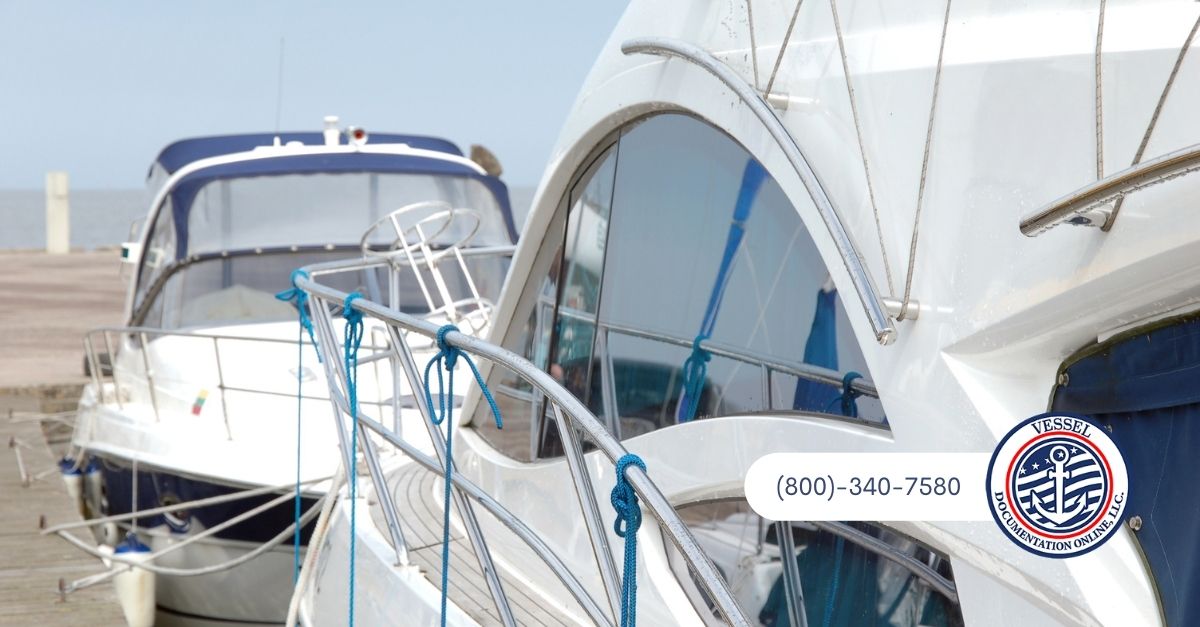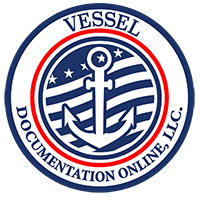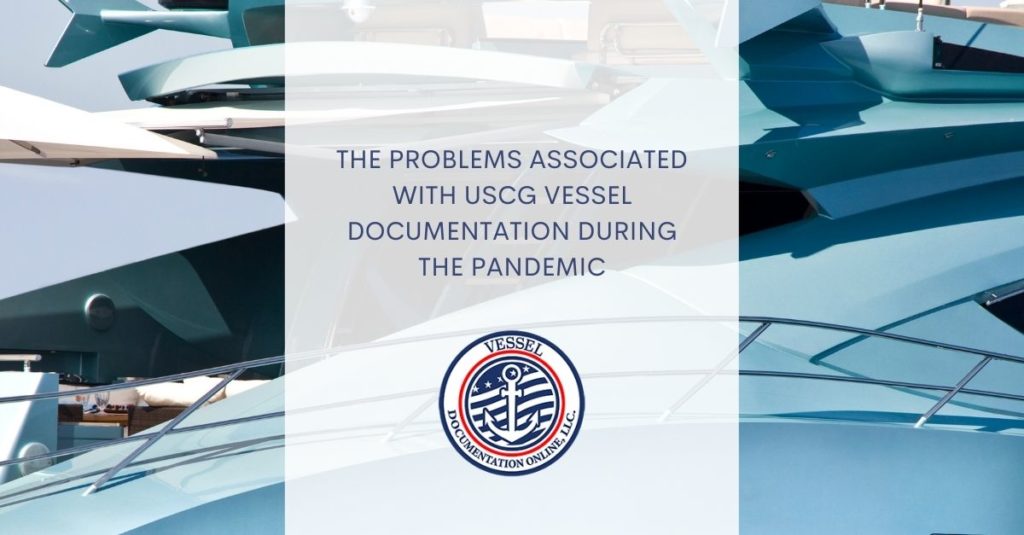Many people are perplexed about how they will conduct USCG vessel documentation during a pandemic.
The Office of Public Health Preparedness and Response (OPHPR) anticipates that situations may exist that prevent a state, tribe, or territory from documenting, renewing, or canceling specific health-related papers, such as birth certificates and marriage licenses.
One situation that is identical to the one we are now seeing is the Covid-19 epidemic.
Almost a year after the outbreak began, practically every company globally was impacted by COVID-19, yet performance has varied dramatically across nations and sectors, even within the same country.
For example, suppose a state’s offices are in a region with high population mobility, such as a substantial metropolitan area. In that case, the state may be unable to keep its doors open.
The good news is that our client’s vessel documentation services have been very beneficial to many individuals and have operated without incident during the epidemic.

How Can I Register A Vessel With The US Coast Guard?
Submission of a paperwork application is the first stage in the process of becoming the legal owner of your vessel. The request for documentation and the accompanying documents may be sent through postal mail, personal delivery, or electronic submission.
According to uscgboating.org, the Coast Guard is in charge of ensuring that ships’ records are up to date and compliant. They may also carry out inspections and make sure everything is in order.
If your vessel was constructed after the date on which a building permit was granted, you might request documentation via our USCG vessel documentation.
Documentation is not required for boats older than five years that have only been operated for personal enjoyment.
We strongly advise you to submit your application for employment over the internet. Check the status online, save your user information and payment information, and electronically sign the application.
We recommend that you submit your documentation request at least ten days before the vessel is scheduled to go into service or be documented to guarantee that you get an acknowledgment promptly.
Are There Any Vessels That Should Be Documented?
At least five net tons in weight owned by a US citizen and utilized for coastwise commerce or fishing operations on navigable waterways or in an Exclusive Economic Zone (EEZ) up to about 200 miles offshore, a vessel must have USCG identification.
It is also necessary to keep track of any towboats or dredges working in the vicinity. Except for the Great Lakes, boats utilized in coastwise commerce inside a port, on rivers or lakes (other than those of the United States’ Great Lakes), or in a state’s internal waterways or canals are exempt from the rule.
The vessel’s capacity, not its weight, is measured by the five net tons size requirement, which might be perplexing at times.
Generally speaking, a recreational vessel with a net tonnage of 5 or more will be a monohull vessel with a length of at least 26 feet.
Specific calculations may be discovered in the paperwork provided by the vessel’s maker or by speaking with a professional.
If you’re a newbie to the documentation process, manufacturers or salespeople are a great source of information.
Placard and Registration Requirements for USCG Vessel Documentation
If so, have you ever operated an unregistered watercraft in your jurisdiction? Perhaps you didn’t realize how serious this might be.
As a recreational activity, sailing or boating in Federal waters is a great way to spend a sunny day, but it is vital to know all applicable laws.
The ever-changing nature of the oceans might make it challenging to keep up with all the new regulations and new kinds of boats that have emerged.
Since the US Coast Guard has just updated its requirements on boat registration, we’ve compiled this collection of relevant facts.
It is mandatory for all boats registered in a state to have their State Certificate of Number painted or permanently fastened to the front portion of the vessel in simple vertical block letters.
There must be at least 3 inches of space between each number, and the numerals must be legible from left to right. The letter “I” and the number “1” are exempt from this rule, as are spaces or hyphens between characters.
The name of the vessel and the port of departure must be prominently displayed on the vessel’s hull for documented recreational craft (typically, this is the stern).
The minimum height requirement for letters is four inches. Additionally, commercial boats are required to display the ship’s name on both sides of the bow.




